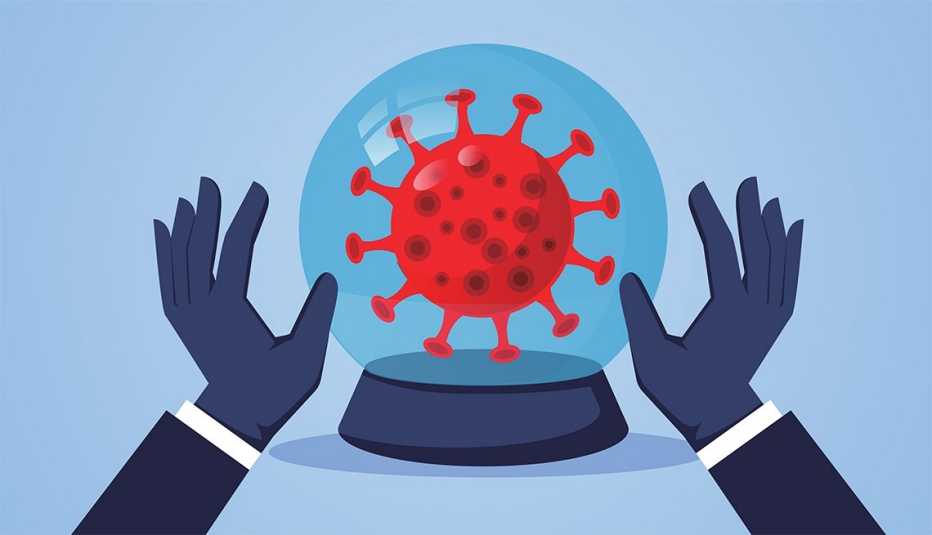Staying Fit
If it seems like more people are coughing and sneezing this summer, you're not imagining it. Doctors across the country are reporting an unseasonal surge of common respiratory illnesses as Americans return to more social, work and other activities.
During the COVID-19 pandemic, the viruses that cause the common cold, as well as those causing the flu, were at historic lows because of precautions such as masks and social distancing, according to the Centers for Disease Control and Prevention (CDC). But in recent weeks, some of those pathogens have returned — and Americans are suffering the consequences.


AARP Membership— $12 for your first year when you sign up for Automatic Renewal
Get instant access to members-only products and hundreds of discounts, a free second membership, and a subscription to AARP the Magazine.
"I haven't had a cold that hit me this hard or whacked me out like this for a long time,” says Susan Jackson, 64, of Charlotte, N.C., who picked up a nasty bug recently that brought on a fever, coughing, congestion, some difficulty with breathing and a headache. “You feel worse when you're sick in the summer because the heat drains you,”
Paul O'Rourke, M.D., an internal medicine physician and an assistant professor in the Department of Medicine at Johns Hopkins University, says a flood of patients this summer have called his office complaining of cold symptoms such as a runny nose, cough or congestion. “The thing that's odd about it is that we don't typically see this in the summer,” he says. If you have cold symptoms, O'Rourke recommends getting a COVID-19 test whether you're vaccinated or not. Breakthrough infections can occur, although they are rare.
The CDC also issued a warning last week about one virus in particular, called respiratory syncytial virus (RSV). The virus, which normally peaks in winter, has been on the rise since April, the agency says. It typically causes mild cold symptoms such as a sore throat, cough and congestion. However, RSV can be dangerous for infants and older adults, especially those who are immunocompromised or have chronic heart or lung disease.



































































